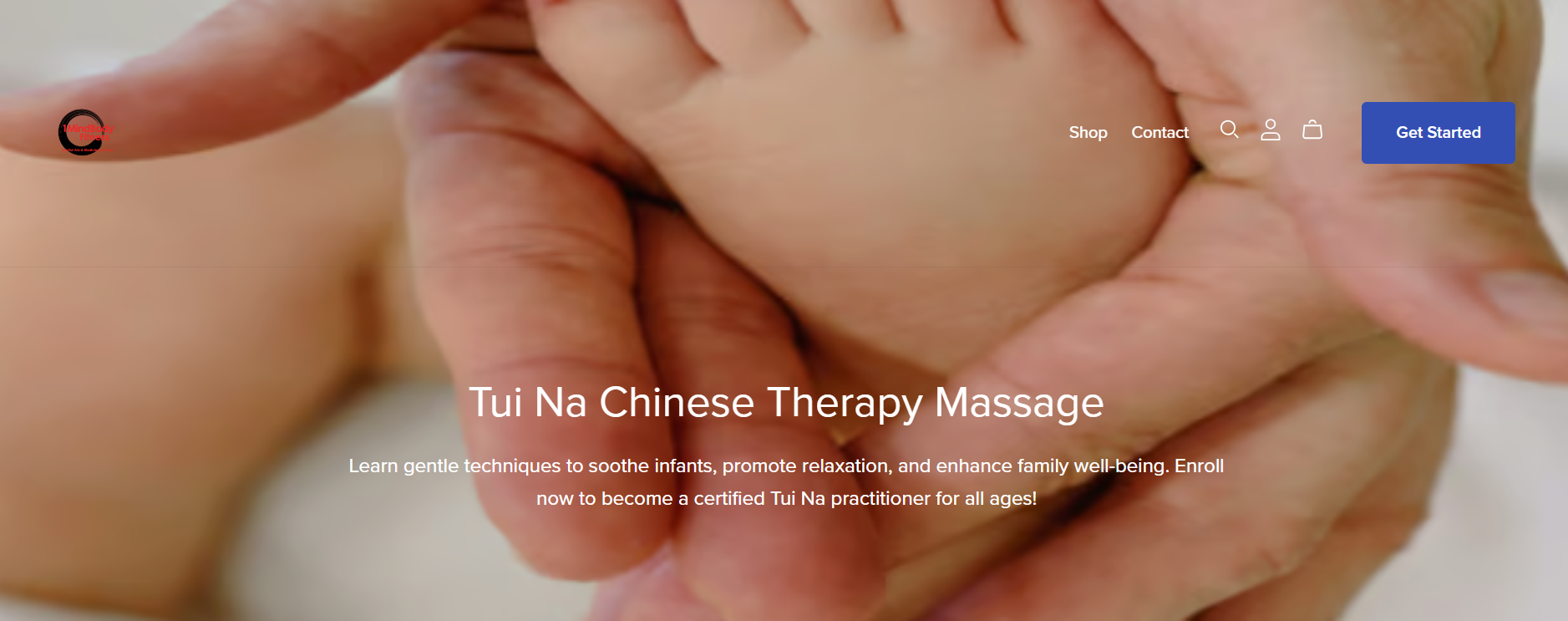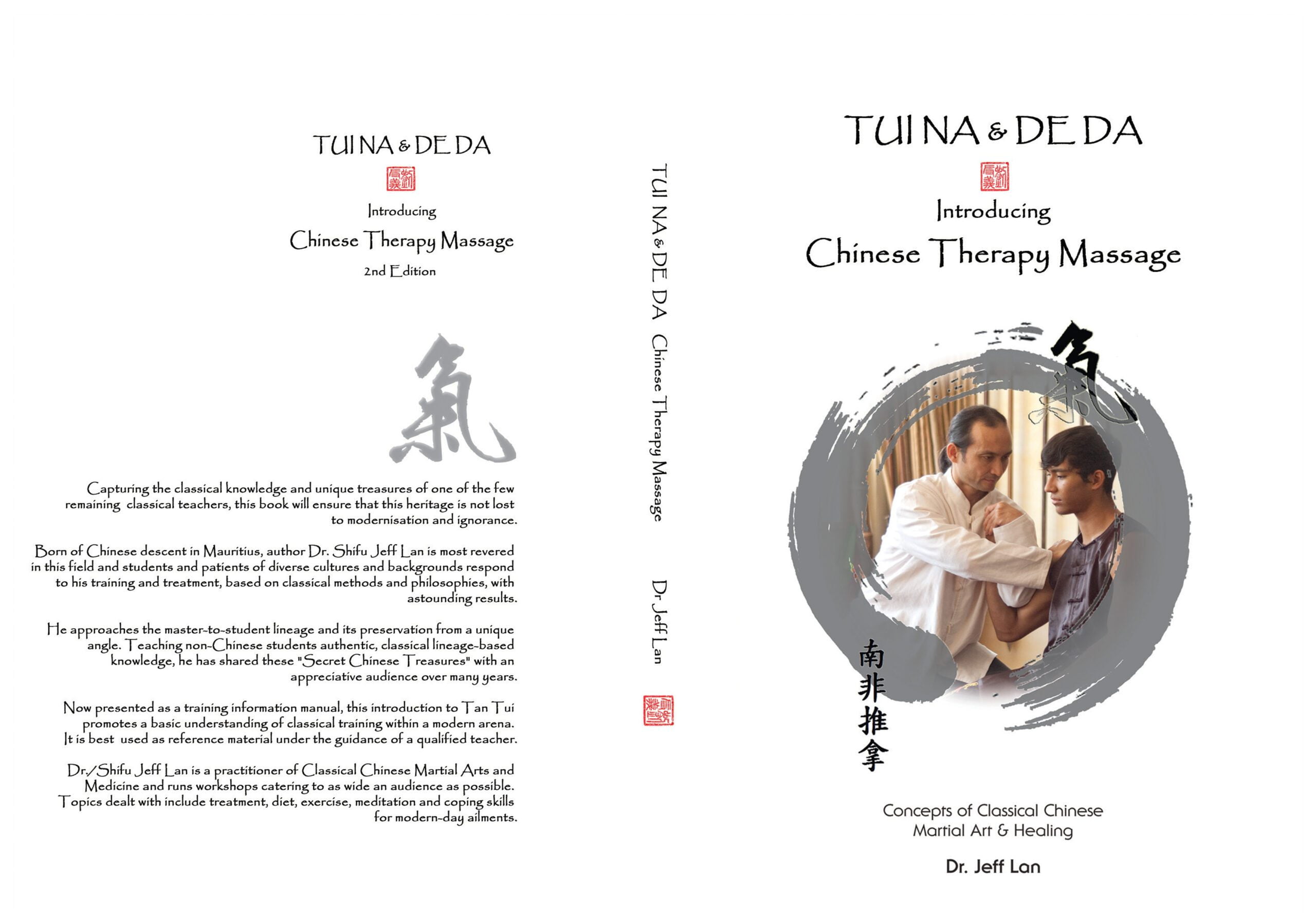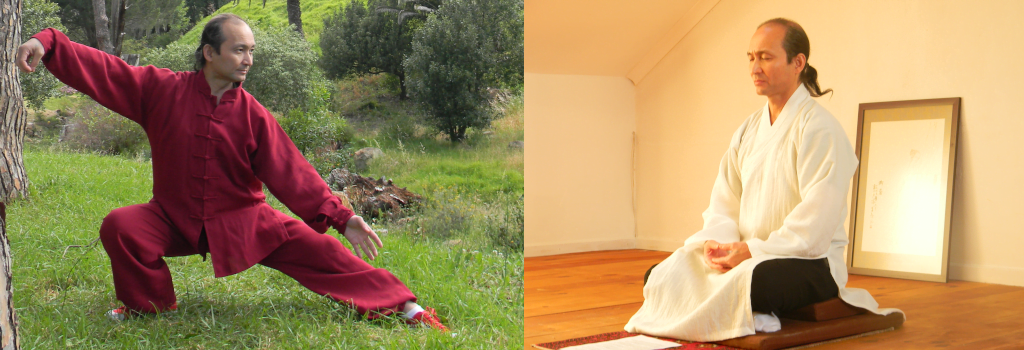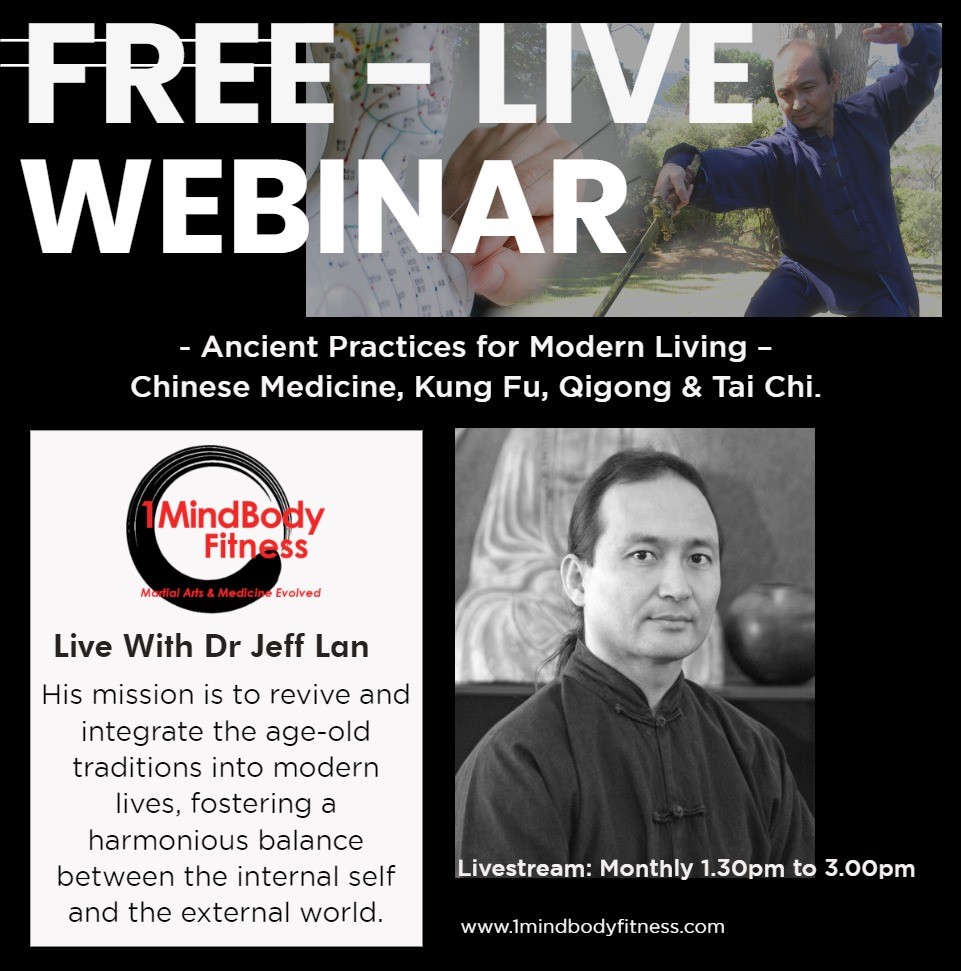1MindBodyFitness
Therapy
Embrace the Restorative Wisdom of Tai Chi, Qigong, and Chinese medicine, Balancing both Body and Mind for Optimal Wellness
Martial Art Therapy
Kung Fu is a Dynamic Discipline Uniting Combat and Healing
Harness the Power of Kung Fu, a dynamic discipline that seamlessly integrates combat skills and healing wisdom. This is where strength meets healing serenity. Explore Tai Chi, Qigong, and Chinese medicine, the Kung Fu-Embedded Intrinsic Healing Arts that Promote Inner Strength, Physical Harmony, and Vital Energy. To achieve a balanced body, mind, and spirit and to achieve strength, serenity, and vitality, experience the fusion of martial discipline and inner harmony. Embrace the Restorative Wisdom of Tai Chi, Qigong, and Chinese medicine, Balancing both Body and Mind for Optimal Wellness.
Practice Self-Care
Maintaining one’s health necessitates a multifaceted strategy. The ultimate drive in life is survival. “To heal another, one must first heal themselves.” The essential fundamental building elements that are good for the therapeutic Chinese martial arts practices of Tai Chi Quan, Qigong, and its complementary, TCM therapy comprise Chinese martial arts aka Kung Fu, Daoist healing, and its philosophies. Tui Na, Bonesetting, Chinese herbs, and Acupuncture would form the basis of TCM. They are unable to be separated.

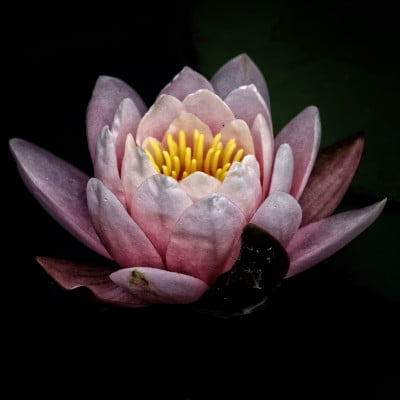
The Idea
The Approach that Combines. A Micro and Macro Environment Concept Traditional Chinese medicine (TCM) is the world’s most well-preserved and influential traditional medical system, with the most practitioners. In contrast to Chinese medicine, which takes a holistic approach, western medicine takes a reductionist approach. TCM appears to have many advantages over Western medicine in the treatment of illnesses. For example, in the treatment of cancer, Western medicine frequently prioritizes tumor mass reduction over normal cell survival, whereas TCM aims to alleviate symptoms, strengthen body resistance, improve quality of life, as well as extend cancer patients’ survival time for therapeutic reasons, in addition to tumor inhibition. With the evolution of society and changes in the human disease spectrum, the medical paradigm has experienced significant changes; people have begun to concentrate on disease prevention, treatment, and health protection rather than merely disease treatment.
Discover our amazing online Tuina Chinese Therapy Massage course. Explore, learn, and maybe treat relatives, friends, and clients.
Understand the practical and theoretical ideas of the course topic. To fully understand this course, students should have an elementary understanding of Traditional Chinese Medicine theory and diagnosis (TCM).
One of the objectives of your education will be to be able to consult with a client, identify an ailment, treat the problem, identify and understand pressure points, and identify which method is best to use for particular anatomy and ailment conditions.
Maintain your own well-being by practicing the ancient Daoist Ba Duan Jin Qigong form as well as fundamental Cosmic healing meditation techniques.
Martial Art Therapy is Tui Na Chinese Massage Therapy. Because of its strong roots in Chinese martial arts or Kung Fu training concepts. The direct translation for Tui Na is ‘push/seize’(catch). Tui Na is a Chinese therapeutic massage, that uses variations of techniques to restore the body. 跌Dié 打Dǎ 损Sǔn 伤Shāng” means ” injuries from falls, fractures, contusions, and strains; traumatic injury. Tui Na’s origins in healing, Daoist principles, and Kung Fu martial arts, which represent a traditional, classical training style, lend to its uniqueness. Tui Na and De Da Sun Sang (Bone setting), also known as Chinese massage, are used as a therapy stepping stone to further study in Traditional Chinese Medicine (TCM). A basic understanding of Qi in martial arts and Traditional Chinese Medicine (TCM) and how it works; alongside an introduction to basic Qigong and meditation training for maintaining wellness as a healer.
I have heard of Dim Mak aka Death Touch?
The very same techniques used in accomplishing the “death touch” and other defense moves are easily transformed to assist healing; by stretching, resetting, and re-aligning. Tui Na Chinese massage therapy is often referred to as Bone-setting, De Da Sun Sang(fall, hit, damage, injury) medicine. Its role in Traditional Chinese Medicine and has been used for more than 3,000 years. Mostly practices by skilled martial arts practitioners to heal students when injured, emotional or energy trauma caused during training.
Course Overview
Chinese Tui Na massage is a traditional form of therapeutic massage originating from China. It involves the manipulation of the body’s soft tissues, including muscles, tendons, and ligaments, using various techniques such as kneading, pressing, rolling, and rubbing. Tui Na aims to stimulate the flow of Qi (energy) in the body and restore balance to promote overall health and well-being. It can be used to alleviate musculoskeletal pain, improve circulation, reduce stress, and address specific health conditions. Tui Na is often performed with the recipient fully clothed and can be a standalone treatment or combined with other traditional Chinese medicine practices.
Course Content
Tui Na Chinese Therapy Massage
Purchase Once off or Subscribe.
Topics include;
- Introduction & History
- Differences of Bonesetting & Tui Na
- Massage & Manipulation Techniques
- Introducing Meridians & Collaterals
- Healer Wellness & Training Techniques
- Yin & Yang Theory, Acupoint Charts,
- Reference Tui Na Chinese Massage Handbook
Material: Scripted video tutorials, Video practicals, Acupoint charts, Notes and images, Treatment Methods
Added Notes: Yin Yang Theory E-Book, Cosmic Healing Qigong Meditation, and Qigong training for healer wellness.
282 minutes of interactive video instruction, download and print e-books, qigong, and tai chi essentials for restoration wellness.
Aims and Learning Outcomes
The aim of this Tui Na Chinese Therapy Massage course is to provide learners with a thorough understanding of the subject of Tui Na and Bone setting. The direct translation for Tui Na is ‘push/seize’(catch). Tui Na is a Chinese therapeutic massage, that uses variations of techniques to restore the body. 跌Dié 打Dǎ 损Sǔn 伤Shāng” means ” injuries from falls, fractures, contusions, and strains; traumatic injury.
The course’s origins in healing, Daoist principles, and Kung Fu martial arts, which represent a traditional, classical training style, lend to its uniqueness. Tui Na and De Da Sun Sang (Bone setting), also known as Chinese massage, are used as a therapy stepping stone to further study in Traditional Chinese Medicine (TCM).
A basic understanding of Qi in martial arts and Traditional Chinese Medicine (TCM) and how it works; alongside an introduction to basic Qigong and meditation training for maintaining wellness as a healer.
Students will learn how to understand both theoretical and practical concepts related to the course’s topic. It is best for the student to have a basic understanding of the theory and diagnostics of Traditional Chinese Medicine in order to understand this course clearly and comprehensively (TCM).
The students’ learning outcomes include being able to; Consult with a client, identify an ailment, Treat the problem, Locate and understand pressure points, and identify the appropriate technique to use for specific anatomy and ailment conditions. Maintain their personal well-being; practice the classical Daoist Ba Duan Jin Qigong form as well as the basic Cosmic healing meditation techniques.
Tai Chi & Qigong
Healer Wellness The TuiNa, Tai Chi & Qigong Link
Heal Both the Healer and the Patient. Healer Wellness collaborates with the practitioner and the patient. There is no clear cure for the sickness; treatments just adapt to the condition. An excellent place to start for wellbeing is a solid foundation. Tai Chi Quan, also known as Taiji Quan, helps in the separation of the yin and yang of the body while in motion, and within this stillness assists in the harmonisation of yin and yang, allows activation of the meridians and collaterals, enhances the regulation and flow of Qi and blood circulation, balances and stabilises the central equilibrium, works on both the parasympathetic and sympathetic nervous systems, relaxes the physical body, defines and distinguish allows Qi to sink into the lower dantian, often known as the cauldron of life. If the healer has little to no Kung Fu martial arts training expertise, it is advised that they practice Yi Jin Jing with other kinds of Qigong.
Qi Gong and Taiji were invented to find the balance within this paradox stated in prior information. During our practice, we train our body to explore the dynamic balance between tension and relaxation. It matters less which style we practice, the goal is to adjust our breathing patterns so that our body tells our brain that we are safe. On the other hand, the tension in the brain exhausts a ton of energy — our brain is an extreme fuel-burning machine that if it is busy, our body won’t have much 精 Jing (ancestral/sexual essence) left to be stored in our organs. Qi Gong and Taiji help our brain relax, and it is proven that practicing Qi Gong and Taiji helps the body absorb more oxygen and allow more space between joints. These spaces are where Qì flows and where our consciousness is carried to ensure a calm relaxation state; ensuring good health.
Qigong and Tai Chi or internal Martial Arts; cultivate an inner awareness of what is happening in our physical bodies. Training beyond the reliance on weight, force, and speed. It is the practice of the Dao/Tao, or`Way of Life’; understood as the pivotal principle of balance in action. The principle is *Wu-Wei-“effortless action”. Yin and Yang are at play; by the transformation of the energies of the universe. The principles improve and amplify; body regeneration and rejuvenation, biomechanics, bone health, and internal organ health.
*Wuwei, (Chinese: “nonaction”; literally, “no action”) in Chinese philosophy, and particularly among the 4th- and 3rd-century-BCE philosophers of early Daoism (daojia), the practice of taking no action that is not in accord with the natural course of the universe.
Jīng (Chinese: 精; Wade–Giles) is the Chinese word for “essence”, specifically kidney essence. Along with qì and shén, it is considered one of the Three Treasures San jiao 三寶 of traditional Chinese medicine or TCM.
*(Tai Chi (also spelt Taiji, or fully as Taijiquan 太極拳)
